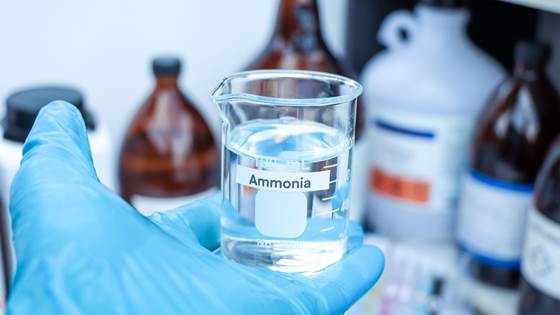
Ammonia
Ammonia has traditionally been used to produce fertilizers and cleaning products. However, it is increasingly being considered as a promising zero-emission alternative fuel for decarbonising the maritime sector.




Our focus is to develop, demonstrate and implement energy technologies and systems based on hydrogen technology, batteries and renewable energy by the use of:
We use a holistic approach that includes technology, economy, safety, environment and society.

Ammonia has traditionally been used to produce fertilizers and cleaning products. However, it is increasingly being considered as a promising zero-emission alternative fuel for decarbonising the maritime sector.

Hydrogen is the most abundant molecule in the universe. Thanks to its impressive mass energy density (approximately 120 MJ/kg, or about three times the one of diesel), it allows for the storage of substantial amounts of energy, making it one...

Hydrogen has been used as an industrial raw material for decades. In a Norwegian context the most relevant examples have been in the production of ammonia and methanol, as well as the upgrading of fossil oils. More recently there has been increased...

Hydrogen (H2) is the smallest molecule and will therefore easily enter all materials. This will often change the properties of the materials which may degrade in different ways. For instance, hydrogen atoms will make metals more brittle and prone to...

With ZeroKyst, we will strengthen Norwegian value creation and export through green growth. The project will demonstrate that both new and existing vessels in the seafood industry can be emission free and contribute to decreasing emissions from...
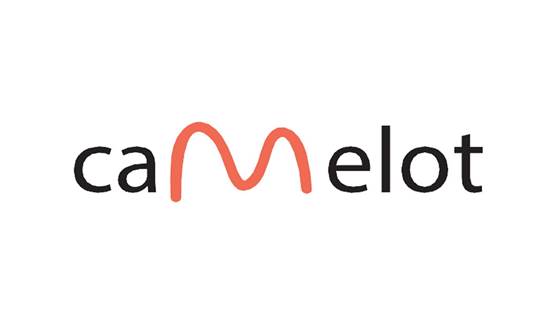
The project aims at better understanding of charge, mass and heat transports in new generation PEM fuel cells MEA for automotive applications.
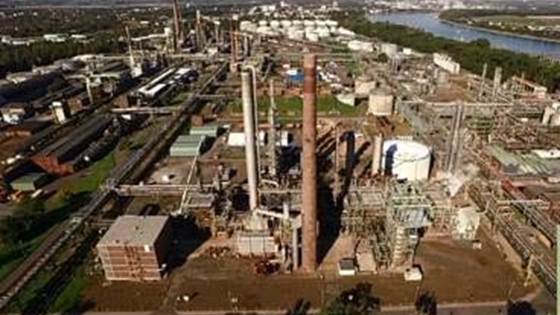
The REFHYNE project will install and test the world's largest hydrogen electrolysis plant at the Shell Energy and Chemicals Park Rheinland in Wesseling, Germany.
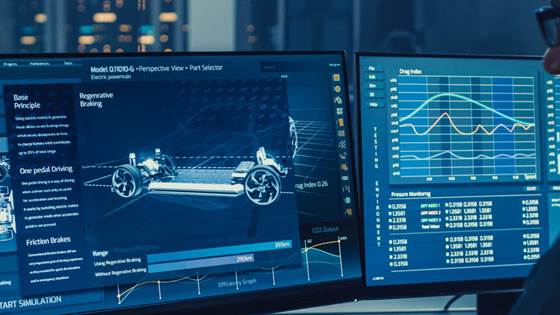
The main aim of the VIRTUAL-FCS project is to make the design process of hybrid fuel cell and battery systems easier, cheaper and quicker.

Current barriers to mass implementation of hydrogen in transport arise from European Directive 2014/94/EU and International organisation of legal metrology (OIML) recommendations that must be met by all European hydrogen refuelling stations (HRS...

Hydrogen, the most abundant chemical substance in the universe, may, as an energy carrier hold the key to the inevitable and needed transition from fossil fuels to renewable energy. Together with Norway's important role as a major energy provider in...

HyLAW stands for Hydrogen Law and removal of legal barriers to the deployment of fuel cells and hydrogen applications. It is a flagship project aimed at boosting the market uptake of hydrogen and fuel cell technologies providing market developers...
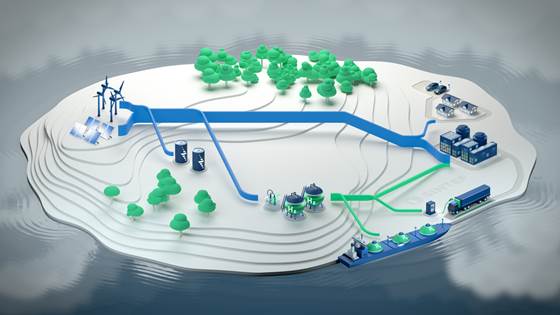
DESTINY er et open-source Modelica-bibliotek utviklet for modellering og simulering av fornybare stasjonære energisystemer.

Our Solid Oxide Fuel Cell (SOFC) Cell-Level Model is designed to simulate the complex electrochemical processes within an SOFC unit.

VirtualFCS er et open-source Modelica-bibliotek utviklet for modellering og simulering av hybride brenselcelle-batteri-systemer.

ZesOpt-modellen muliggjør optimalisering av design og drift av batteri- og hydrogen-elektriske energisystemer på skip, men også for bruk i andre transportformer.